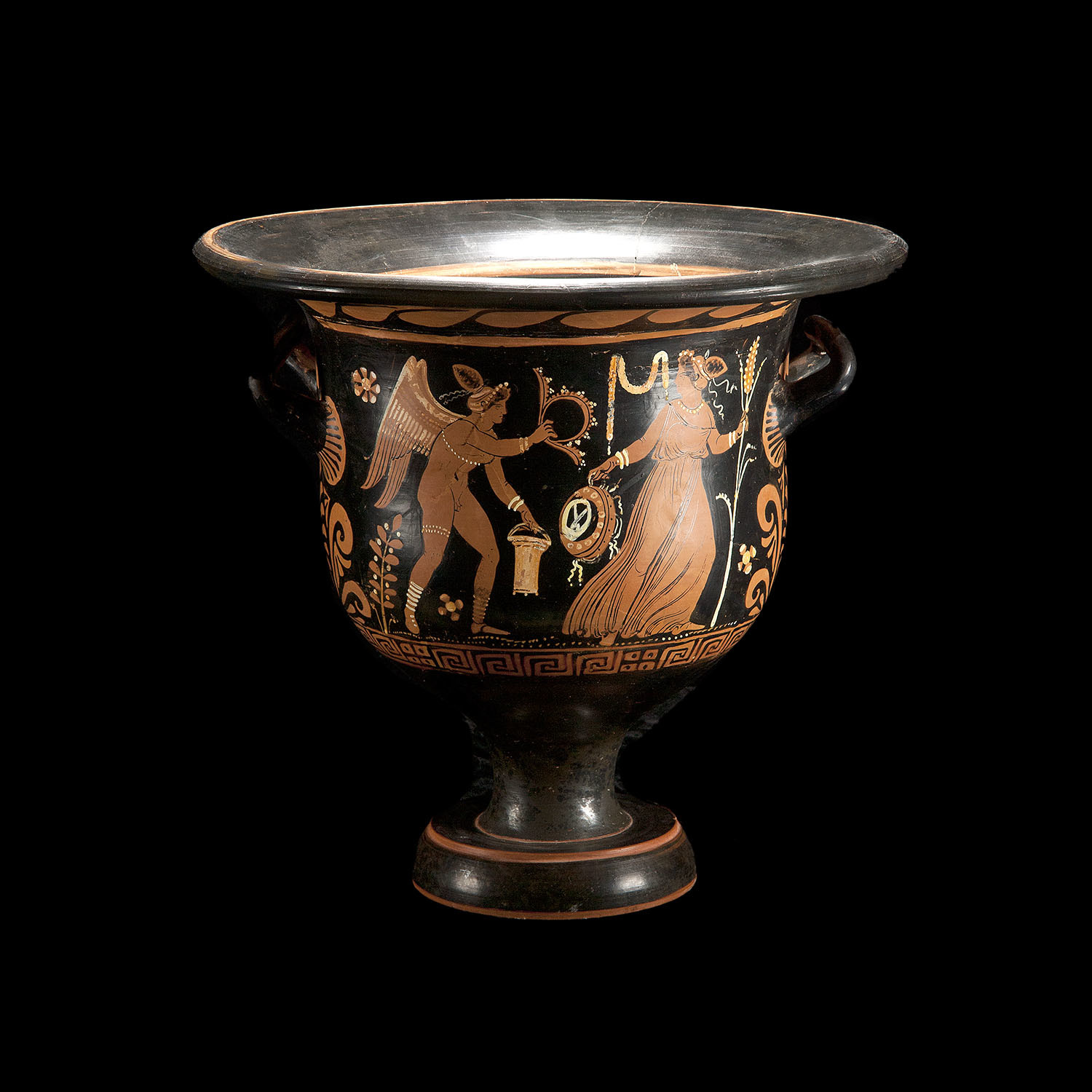- Thread starter
- #701
2) Mesopotamian Religion
Historical periods
The periods in the development of the Babylonian-Assyrian religion may be divided as follows:- The oldest period was from c. 3500 B.C.E. to the time of Hammurabi (c. 1700 B.C.E.). During this period, few historical records have been preserved. The deities later known as the Anunnaki may have been worshiped individually in various population centers. As major centers came to dominate the region, their deities came to be more universally recognized and to assimilate the characteristics of some of the lesser gods. Several major deities arose, such as Innana/Ishtar, Anu, Enki, Enlil, and others. The great city of Uruk emerged as a major religious center. Other centers included Nippur, Ur, Sippar, Eridu, and Agade. The greatest religious-literary event of the era was the creation of the Epic of Gilgamesh, the world's oldest surviving epic poem.
- As major centers came to dominate the region, their deities came to be more universally recognized and to assimilate the characteristics of some of the lesser gods!
- Several major deities arose, such as Innana/Ishtar, Anu, Enki, Enlil, and others!
- The great city of Uruk emerged as a major religious center!
- Other centers included Nippur, Ur, Sippar, Eridu, and Agade!
- The greatest religious-literary event of the era was the creation of the Epic of Gilgamesh, the world's oldest surviving epic poem!




